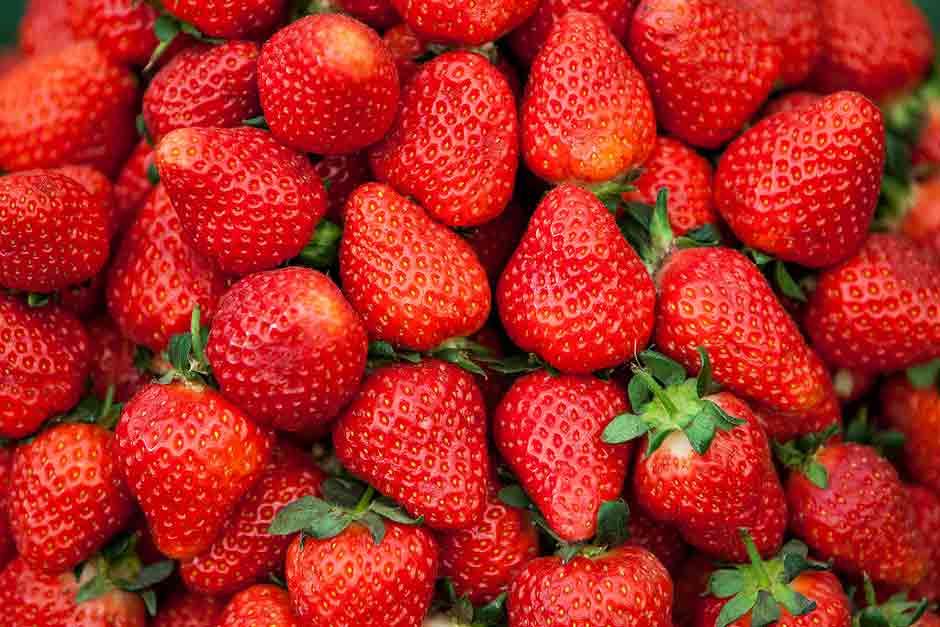How to grow strawberries

Getting Started
Sweet, juicy and delicious, strawberries (Fragaria × ananassa) are easy and rewarding to grow. Make your own strawberry patch if you have room, or just add a few plants to the front of a border. Alternatively, they grow well in containers and even hanging baskets.
There are summer-fruiting, perpetual and alpine types to choose from, with many delicious varieties of each. And if you plant several different types, you can have home-grown harvests from early summer through to autumn. Many strawberries even produce new plantlets (or runners) after fruiting, so you can easily increase your plants every year or use them to replace older plants that are past their best.
Choosing
There are three main types of strawberries, each with different characteristics:
Summer-fruiting strawberries – these are the most popular type and produce the largest fruit. They have a short but heavy cropping period of two or three weeks. There are early-, mid- and late-fruiting cultivars, cropping from early to mid-summer. If covered with cloches or grown in a greenhouse from late winter, they will provide even earlier harvests.
Perpetual strawberries – sometimes called everbearers, they produce small flushes of fruit over a long period, from early summer until the first autumn frosts. The crops are not as large as summer-fruiting varieties, the fruits are smaller and plants are less likely to produce runners.
Alpine strawberries (Fragaria vesca) – also known as wild or woodland strawberries, these dainty plants produce small crops of tiny, aromatic berries intermittently over the summer. These are usually red, but a few varieties have white or yellow berries. Planted in sun or light shade, they can be left to fend for themselves. Some produce runners (baby plants on long stems), spreading to form low ground cover, others don’t produce runners so make well-behaved edging plants for veg beds and borders.
There are many different varieties of all three types, with variations in flavour, sweetness, fruit size and colour, disease-resistance, harvest time and even flower colour. If you plant several varieties with different cropping periods, you can have delicious berries from early summer through to the first frosts. Look in particular for varieties with an RHS Award of Garden Merit (AGM), which shows they performed well in trials – see our list of AGM fruit and veg.
What and where to buy
Summer-fruiting and perpetual strawberries can be bought as potted plants or bare-root plantlets known as runners, while alpine strawberries can also be grown from seed:
Young plants in pots or packs of plug plants are normally on sale from late spring onwards
Runners look like little clumps of roots with very few leaves. Don’t be alarmed, this is how they should look. You can buy runners in late summer/early autumn or early spring
Cold-stored runners are available from late spring to early summer – these specially prepared runners will fruit about two months after planting
Alpine strawberries can be bought as young plants or grown from seed sown indoors in spring or autumn
Always buy strawberry plants from a reputable supplier, so that the variety is true to type and plants are disease free. They are readily available in garden centres and from online suppliers.